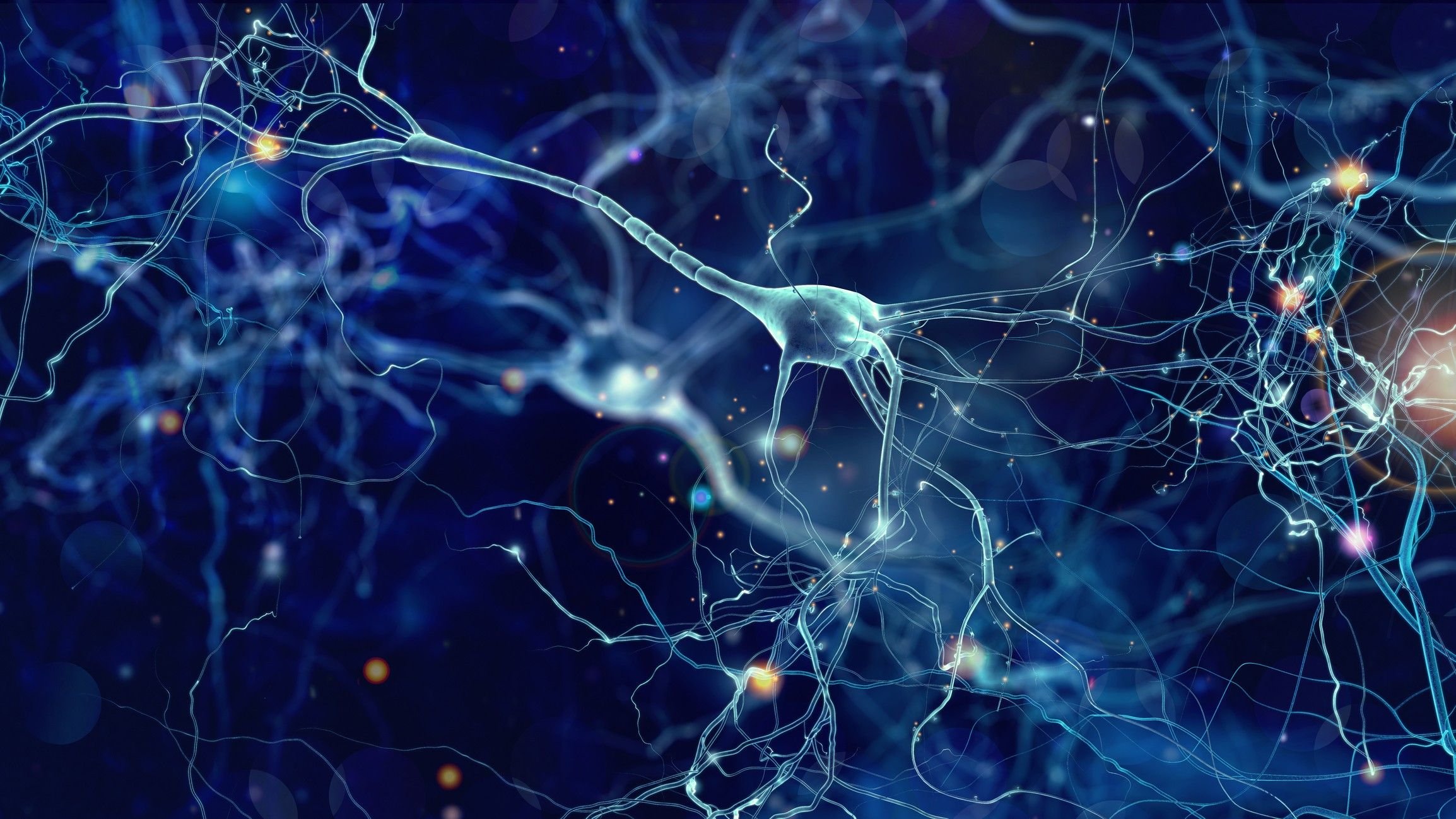According to experts from various fields of science, the human brain is the most complex organ observed so far in nature. No other living being has such a sophisticated thing; The complexity is so gigantic that we do not fully understand yet, so it is considered very unique.
It is no wonder that the brain still keeps many mystery from certain mechanisms to the origin of consciousness. It contains billions of neurons and cells, They play basic roles in neuroplasticity, control of movements, processing emotions and various other functions.
Even the strength of the brain is so great that complexity overcomes any super computer, such as adaptable learning and pattern recognition – of course, the machines are much more effective in definitive calculations and large amounts of information processing. But how unique is the main organ of the human being?
https://www.youtube.com/watch?v=9uukcdu258a
A study published in the journal of the National Academy of Sciences, Some types of brain cells, why why human brain Very complex. Even when compared with our nearest relatives we share 95% of the genome, there are differences in brain functions.
In order to deepen the understanding of complexity, a team of scientists at the University of California analyzed data from employees from the Hospital del Mar Medical Research Institute in Spain. The results show that they may have defined one of the factors that make this organ so unique.
“Differential gene expression is a fundamental molecular feature of human evolution compared to non -human primates in the human brain. In this study, we show that differential gene expression in human brains includes extremely different changes in each cell type. Despite this cellular diversity, human brain cells have undergone a general increase in gene expression rather than a decrease. ”
The dynamics of the brain
The brain is one of the most important organs of the human body, It is responsible for coordinating various functions such as memory, emotions, vision, breathing, temperature regulation and hunger control. To perform these activities, it uses chemical and electrical signals through the whole body.
The perception of pain, for example, when a harmful stimulus activates the peripheral nerves, sending a message to the brain – like a cut. In some cases such as neuropathies or congenital insensitivity against pain, this mechanism fails and prevents pain.
The brain is formed by the left and right hemispheres in two halves and is divided into four wolds: frontal, parietal, occipital and temporality. A little below the back of the brain is found in the cerebellum containing most of the central nervous system neurons. Coordinates and adjusts body movements, maintains the balance and also contributes to some cognitive functions such as language processing and motor learning.
Cerebral Cortex also deserves attention. This outer layer covers the brain and is necessary to process sensory information, engine control, language and cognition..
In contrast, the cerebellum has its own outer layer called Cortex Cerebellar responsible for coordination of movement and balance. In the brain, there are other structures responsible for different functions such as hormones, thirst, hunger, fear, emotion and learning.
Is the human brain unique?
Every person’s brain is unique, because no one has experienced the same experiences or his work does not feel the same as you. In addition to these features, all human brains share the basic features that make it the most complex nature organ.
In order to understand what makes the human brain so unique, scientists at the University of California analyzed Messenger RNA examples (MRNA), the molecule responsible for the transport of genetic information. Before working, they believed that the biggest differences were in human genes. However, researchers have found that there were more than 90% genetic similarity to chimpanzees.
He used the team to carry out the research Techniques analyzing individual cell nuclei that allow the genetic material found in the brain cells to be isolated and sorted.

With this, researchers were able to classify genes according to each cell type. Immediately, They measured genetic expression levels and found that this factor may be necessary for the complexity of the human brain. Compared to our distant relatives. Genetic expression corresponds to the amount of RNA (MRNA) produced in the brain.
The analysis reveals that various genetic expression standards are shared with chimpanzees and other primates, but in human samples, these standards appear in a more advanced version. For example, the cells in the basic cognitive processes are significantly more developed in humans.
Besides, Researchers have detected more gial cells in human cells with a group of nervous system cells that help the functioning of neurons.
Although they do not fully understand their roles, writers believe that these cells may be necessary for advanced cognitive skills. A specific type can affect genetic expression differences, as oligodentritis are more in humans and possibly contribute to more brain plasticity.
The team aims to deepen their research on the brain, as the analysis of genetic expression can help to understand how small variations produce major functional effects. As a result, even if they share more than 90% of chimpanzees and other primates, people have significant more developed brains.
The human brain processes information throughout the day and regulates memories, filters the foundations and unnecessary. This mechanism affects our daily perceptions and decisions. Do you want to know more? Let us consider the opportunity to understand why our brain devotes the day to “sections”. Until next time!
Source: Tec Mundo
I’m Blaine Morgan, an experienced journalist and writer with over 8 years of experience in the tech industry. My expertise lies in writing about technology news and trends, covering everything from cutting-edge gadgets to emerging software developments. I’ve written for several leading publications including Gadget Onus where I am an author.












